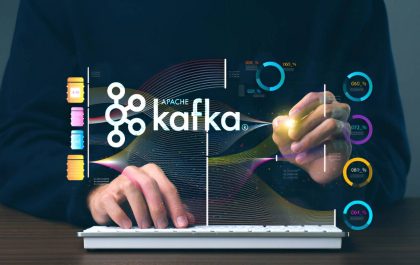In machines where two parts are moving in relative motion they rub against each other which causes friction and wear. Friction is defined as the energy dissipated between the two surfaces. Friction affects the energy efficiency of the machines, mechanical endurance of machines and wear and tear. And friction can cause machine failure therefore to reduce friction and wear and tear lubricants are used.
Solid lubricants are solid materials which can be introduced between the two moving surfaces to reduce friction and wear. Solid lubricants can be used in powder form, as additives, as anti-friction coatings, anti-seize pastes or as a thin film between the two moving surfaces. The Solid lubricants help to avoid direct contact between the two moving surfaces.
Solid lubricants are used in applications that require extreme operating conditions as liquid lubricants or greases cannot be used in such applications. Solid lubricants can be used in high temperature, high pressure, high load, high vacuum and harsh environments.
One of the solid lubricants is Tungsten Disulfide (WS2) and offers excellent lubricating properties. WS2 is classified as a Transition Metal Dichalcogenides (TMDs). These elements have a composition of MX2 where M is a metal (Tungsten) and X is an chalcogen (Sulphur). TMDs have a layered structure which gives them excellent lubricating properties.
In WS2, a layer of W atoms are sandwiched between the two layers of S atoms. Each of the layers have a hexagonal layer lattice structure. The atoms within the layer are bonded with strong covalent bonds whereas the layers are connected together by weak Van der Waals forces.
When used between the two moving surfaces the layers can easily slide past each other when a shear force is applied. The low adhesion between the layers leads to a low coefficient of friction. The layers with strong covalent bonds can undertake load and prevent the moving parts from severe wear.
Table of Contents
ToggleHow can tungsten disulfide be used for lubrication?
WS2 shows a low shear strength when applied to the moving surface and good compressive strength against the load. WS2 can be used in different ways:
- A lubricating film of WS2 can be coated on the moving surfaces.
- Composites coatings containing Tungsten disulfide powder can be applied on the moving surfaces.
- WS2 can be used as a filler which is dispersed in a bulk counterpart material to form a composite.
- WS2 can be applied on the substrate under dry contact conditions.
- WS2 can be used as an additive in liquid lubricants to enhance the lubricating properties.
Uses
- WS2 can be used for lubrication in high dust areas as it resists abrasion, such as construction equipment and mining equipment.
- It can be used in clean environments as it does not contaminate the products or the surrounding environment such as food processing machines, textile equipment and semiconductor manufacturing units.
- It can be used to lubricate hard-to-access areas such as aircrafts, industrial facilities and space vehicles..
- It can be used in high vacuum conditions such as vacuum products and coating equipment.
- It is a preferred choice for high temperature application as the liquid lubricant may decompose or oxidise. It can be used in furnaces and metalworking equipment..
- WS2 can be used at cryogenic temperatures as the liquid lubricant may become highly viscous or solidify and will not be effective. It is used in liquid Nitrogen pumps and refrigeration plants.
- WS2 is an effective lubricant for intermittent loads, high loads and high speed conditions.
- It can be used in weight-limited applications such as space applications because it doesn’t require a distribution system as liquid lubricants do.
Synthesis
The processes used to obtain WS2 can be classified into physical, chemical and stripping processes.
Physical processes
The two main processes used in this are the pulsed magnetron sputtering and laser deposition. The pulsed magnetron sputtering requires low-cost and simple equipment and produces large dense coatings on the area which has good adherence.
The laser deposition method is expensive but allows you to control the thickness of the film and maintain high-quality.
Chemical processes
In this the two processes that can be used to obtain WS2 are CVD (Chemical Vapour Deposition) and hydrothermal process. In CVD there is a one-step process and a two-step process which can be used to get a film of WS2.
Hydrothermal processes can be used to obtain the WS2 particles of high purity and crystallinity.
Stripping processes
The two processes used in this are mechanical exfoliation and liquid exfoliation. Mechanical exfoliation is a simple process while liquid exfoliation is preferred where large amounts of WS2 is required.
Also Read: Top 10 Rarest Fortnite Weapons
Shashi Teja
Related posts
Hot Topics
What is Kafka Used For: A Complete Guide
What is Kafka used for? If you’ve been diving into the world of distributed systems, microservices, or data streaming, you’ve…
How Do Password Managers Work? The Guide That Finally Makes Sense
Ever wonder how do password managers work and whether they’re actually safe? I get it. The idea of putting all…



